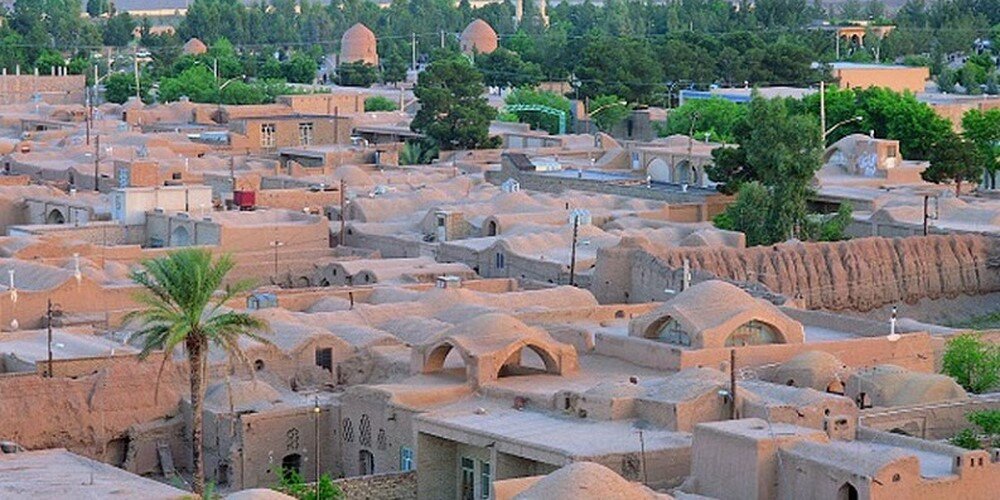Tourism to revive Ardestan’s economy, official says

TEHRAN – A tourism boom could revive the economy of Ardestan in central Isfahan province, Ardestan’s governor has said.
Tourism is the only way to bring the region’s economy back to life, Seyyed Mohammad Hadi Ahmaditaba explained on Monday.
With its many historical monuments and tourist areas, such as Jameh Mosque of Ardestan, the region has a lot of potential for tourism, the official added.
However, infrastructure development and proper promotion of the region’s attractions are necessary for a tourism boom, he noted.
The Jameh Mosque of Ardestan is of high historical importance as it incorporates successive architectural styles of the Sassanids, Buyids, Seljuks, and Safavids.
The Congregational Mosque of Ardestan is an early Islamic building with many accretions over its long history of use. However, a majority of what visitors to the mosque see dates from the Seljuk era (ca. 1040–1196).
Located in Isfahan province, the two-story hypostyle mosque has a four-portico (iwan) courtyard surrounded by encircling arcades. The place of worship is part of larger premises that also include other mudbrick structures such as a cistern, a caravanserai, a marketplace, a bathhouse, and a madrasa.
The mosque stands on a site once occupied by a Sasanian structure, as evidenced by remains discovered in archaeological excavations. The early mosque was likely a hypostyle type, having a central courtyard surrounded by arcades.
Soaked in a rich history and culture, Isfahan was once a crossroads of international trade and diplomacy in Iran. Now, it is one of Iran’s top tourist destinations for good reasons. The ancient city is filled with many architectural wonders such as unmatched Islamic buildings, bazaars, museums, Persian gardens, and tree-lined boulevards. It’s a city for walking, getting lost in its mazing bazaars, dozing in beautiful gardens, and meeting people.
The city has long been nicknamed as Nesf-e-Jahan which is translated into “half the world”; meaning seeing it is relevant to see the whole world. In its heyday, it was also one of the largest cities in the region with a population of nearly one million.
Isfahan is renowned not only for the abundance of great historical bridges but also for its ‘life-giving river’, the Zayandeh-Rood, which has long bestowed the city an original beauty and fertility. The cool blue tiles of Isfahan’s Islamic buildings, and the city’s majestic bridges, contrast perfectly with the encircling hot, dry Iranian countryside.
The huge Imam Square, best known as Naghsh-e Jahan Sq. (literary meaning “Image of the World”), is one of the largest in the world (500m by 160m), and a majestic example of town planning. Built in the early 17th century, the UNESCO-registered square is punctuated with the most interesting sights in Isfahan. Modern Isfahan is now home to some heavy industry, including steel factories and a nuclear facility on its outskirts, however, its inner core wants to be preserved as a priceless gem.
ABU/
Leave a Comment